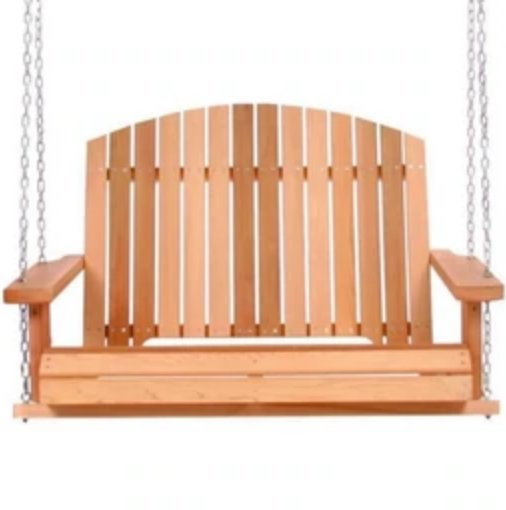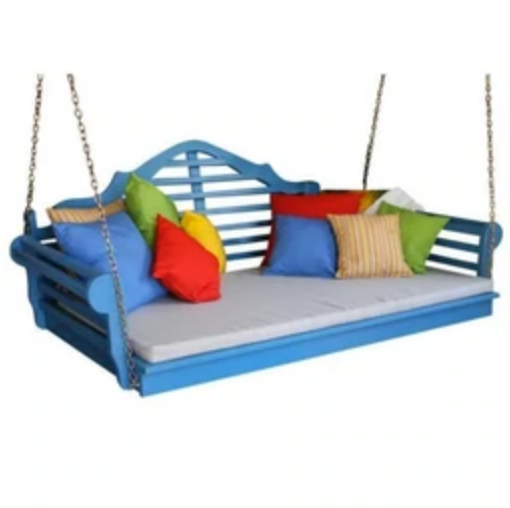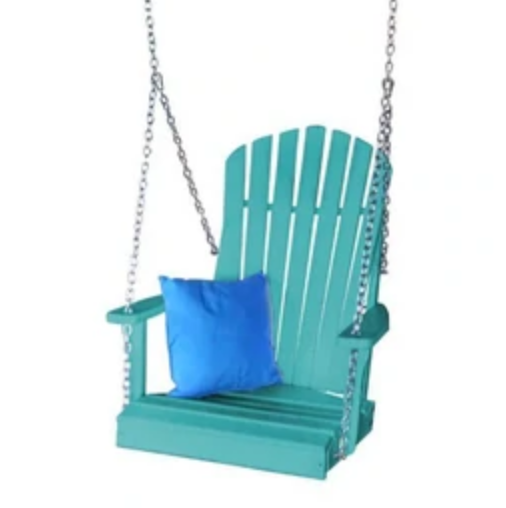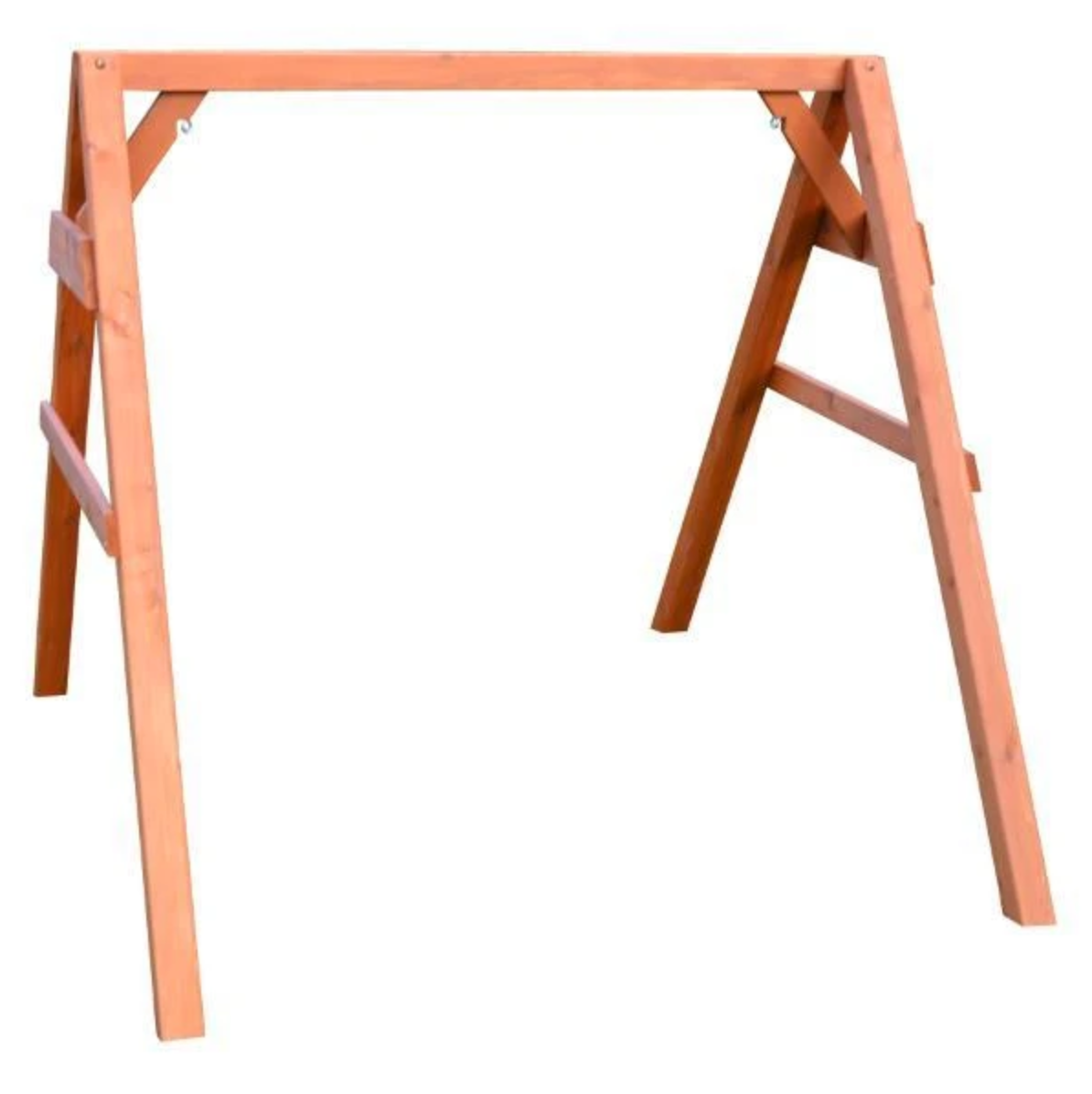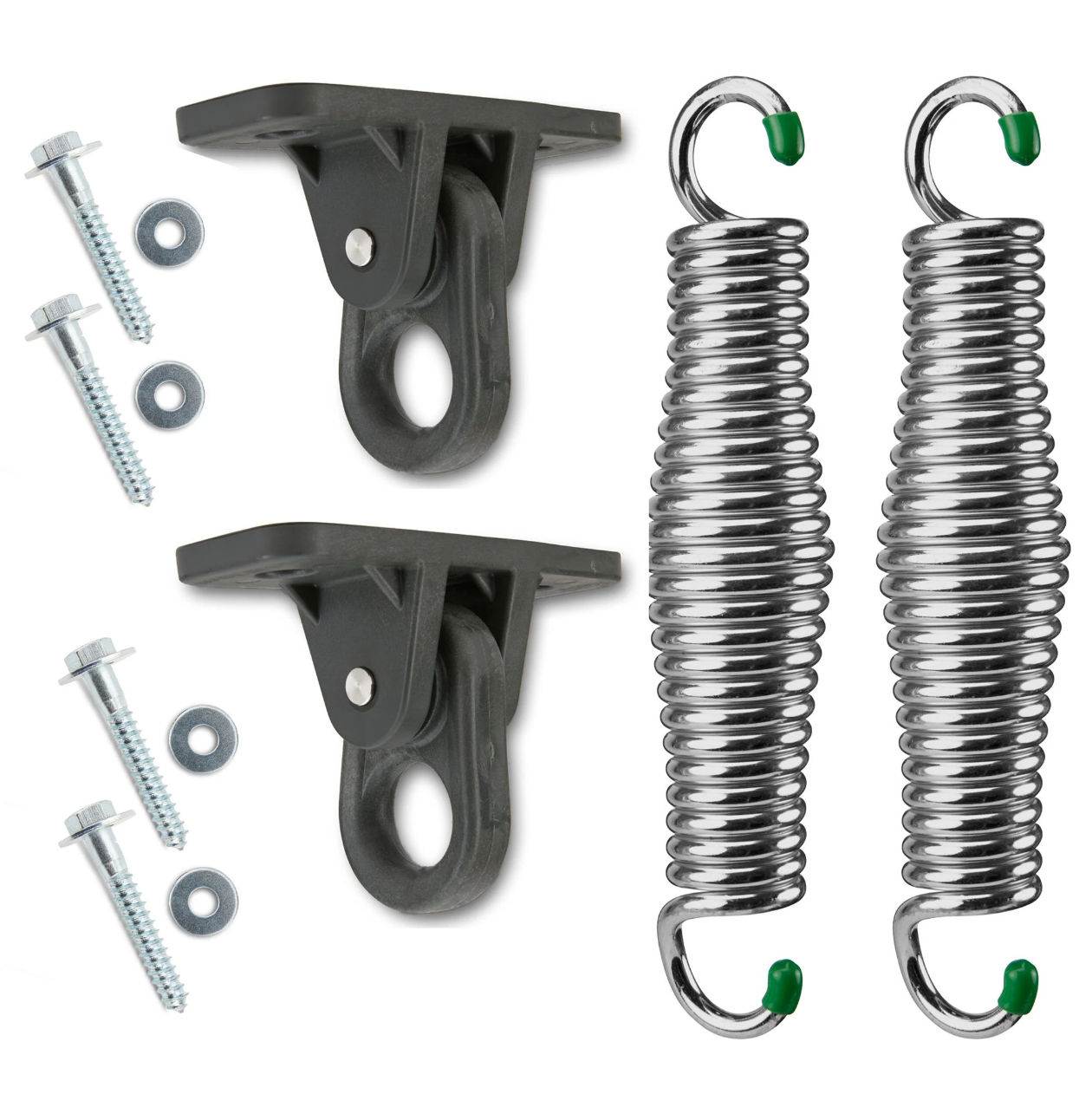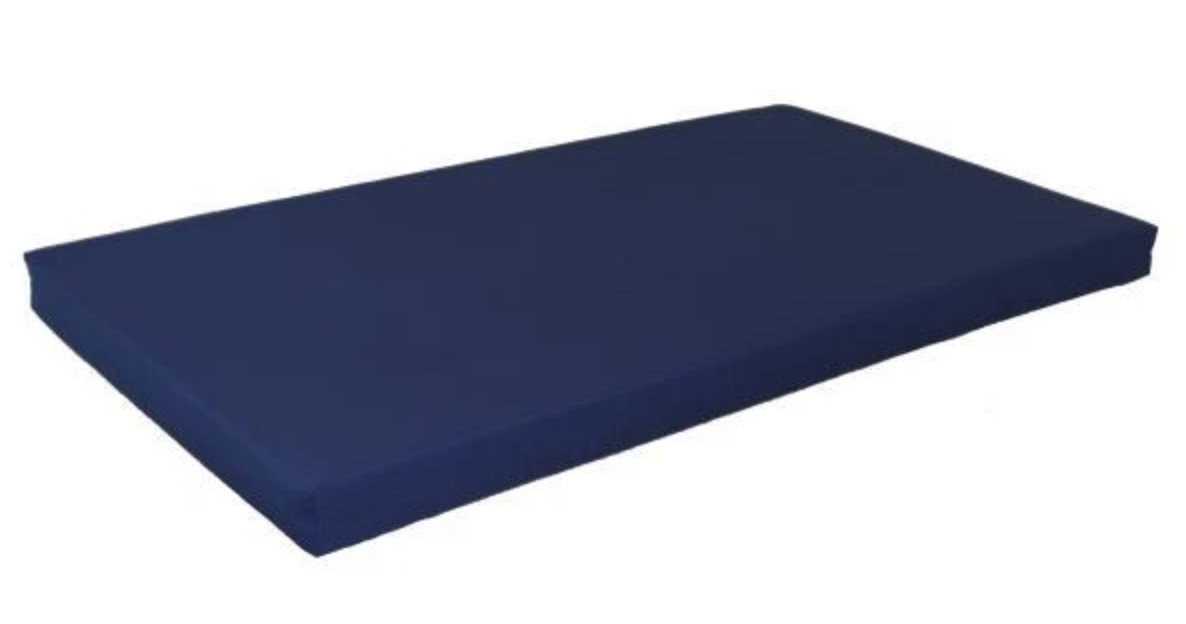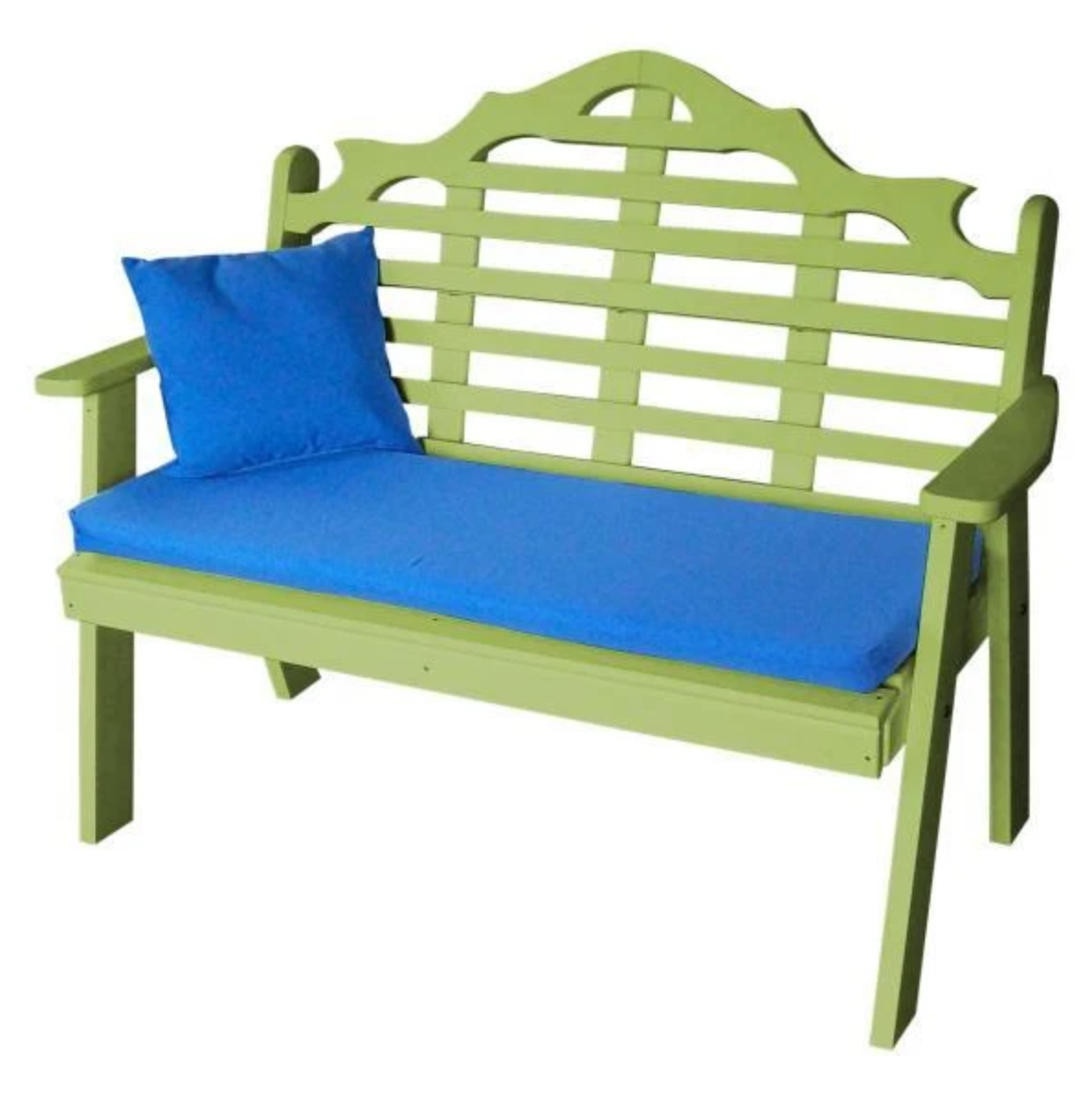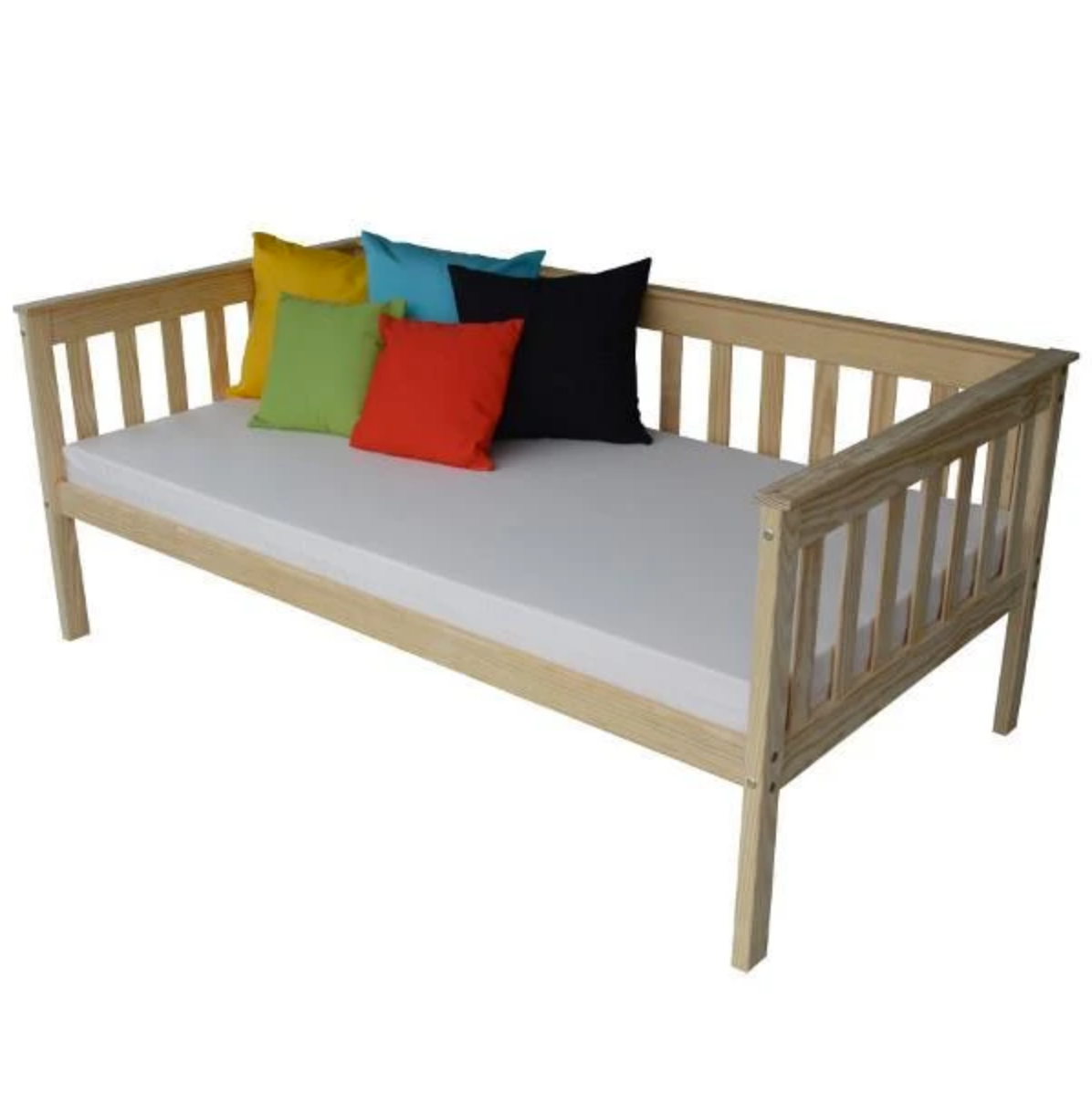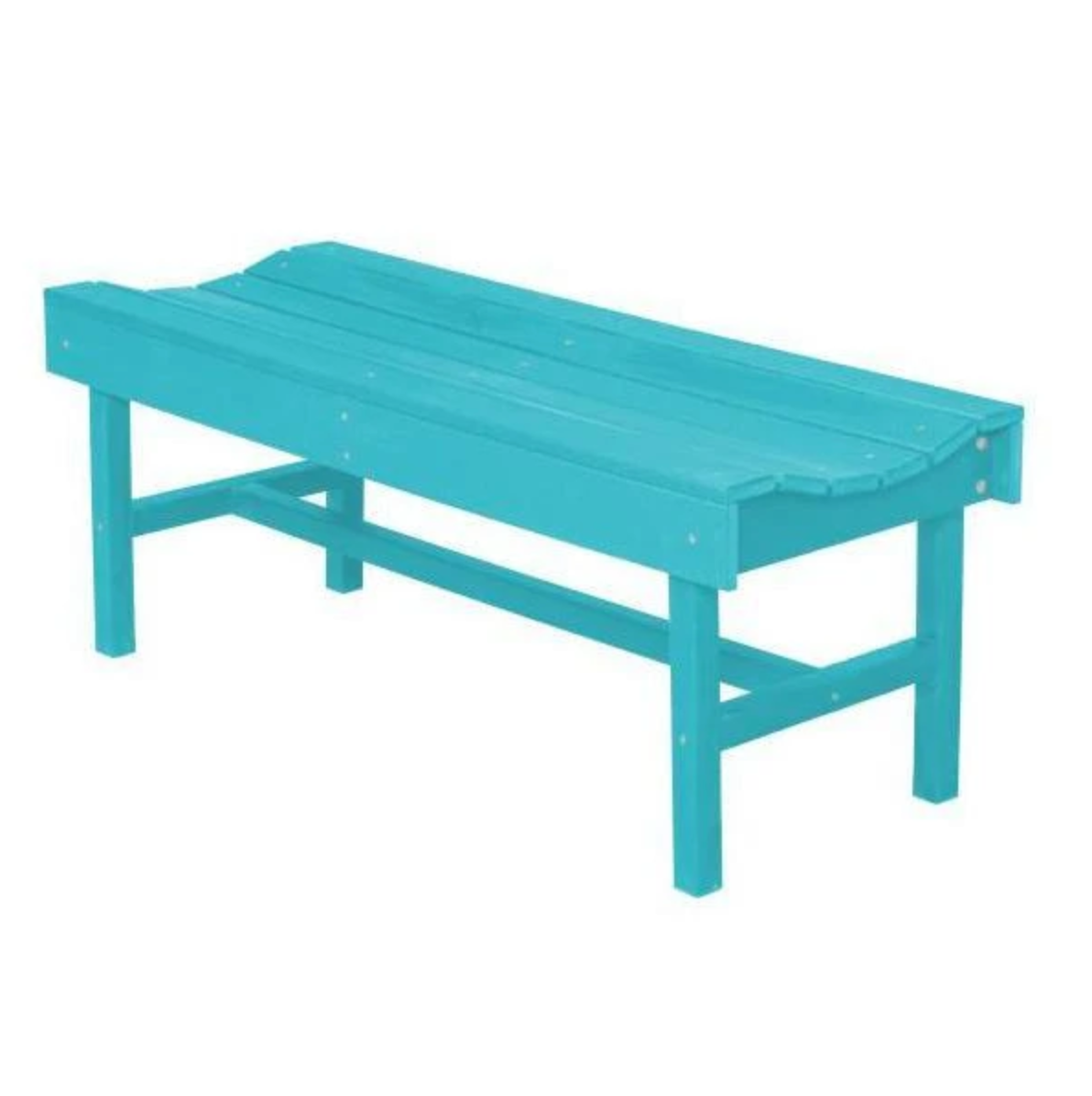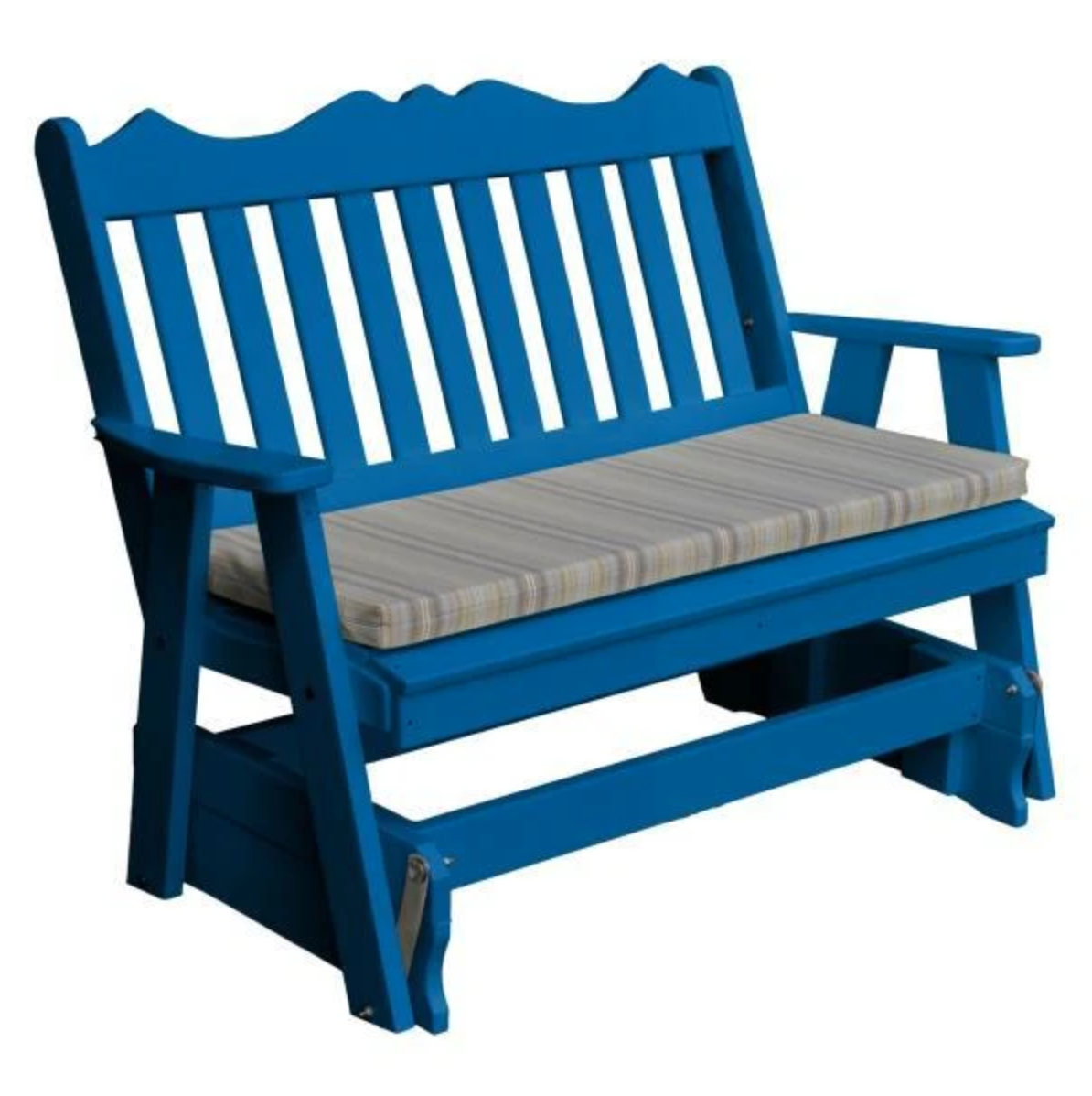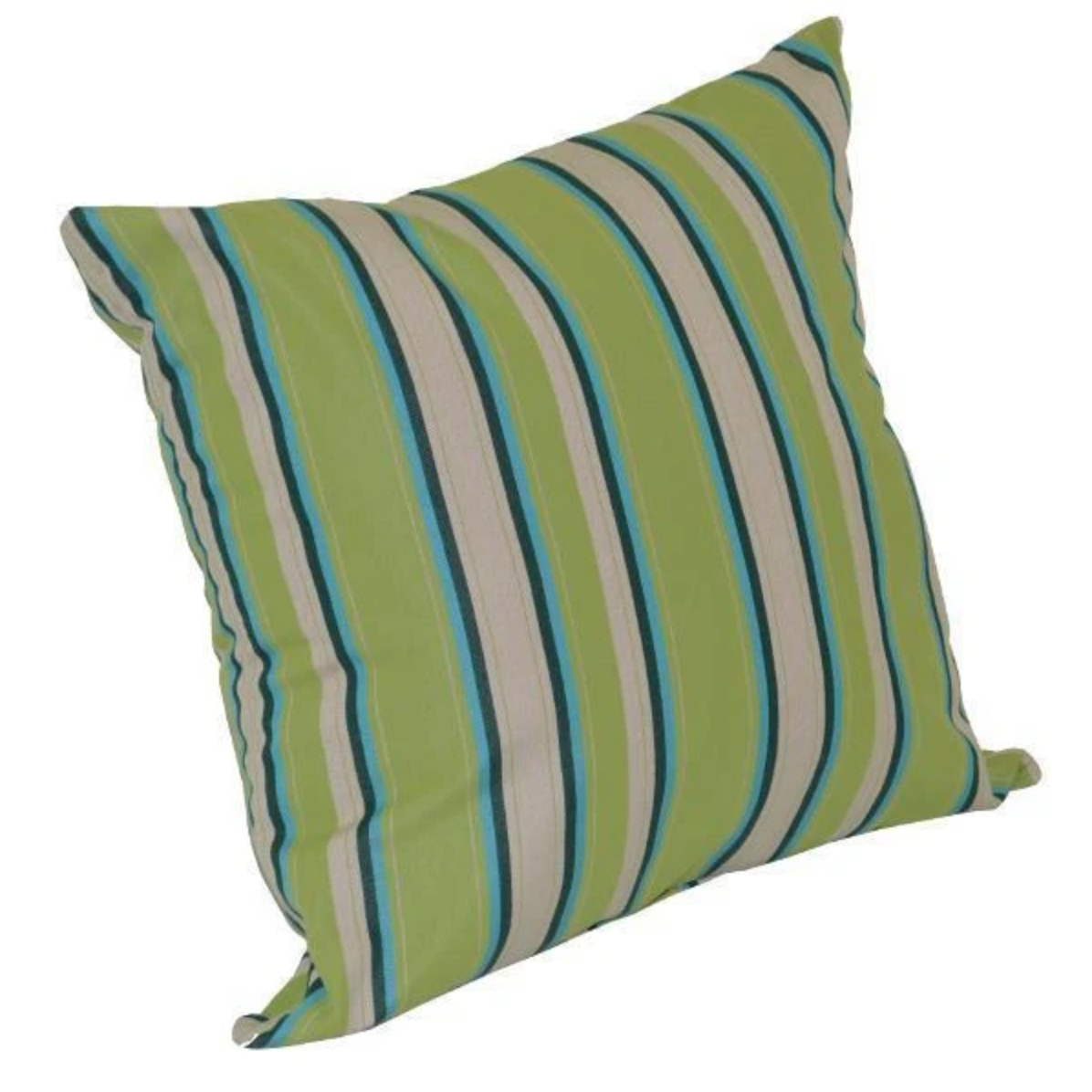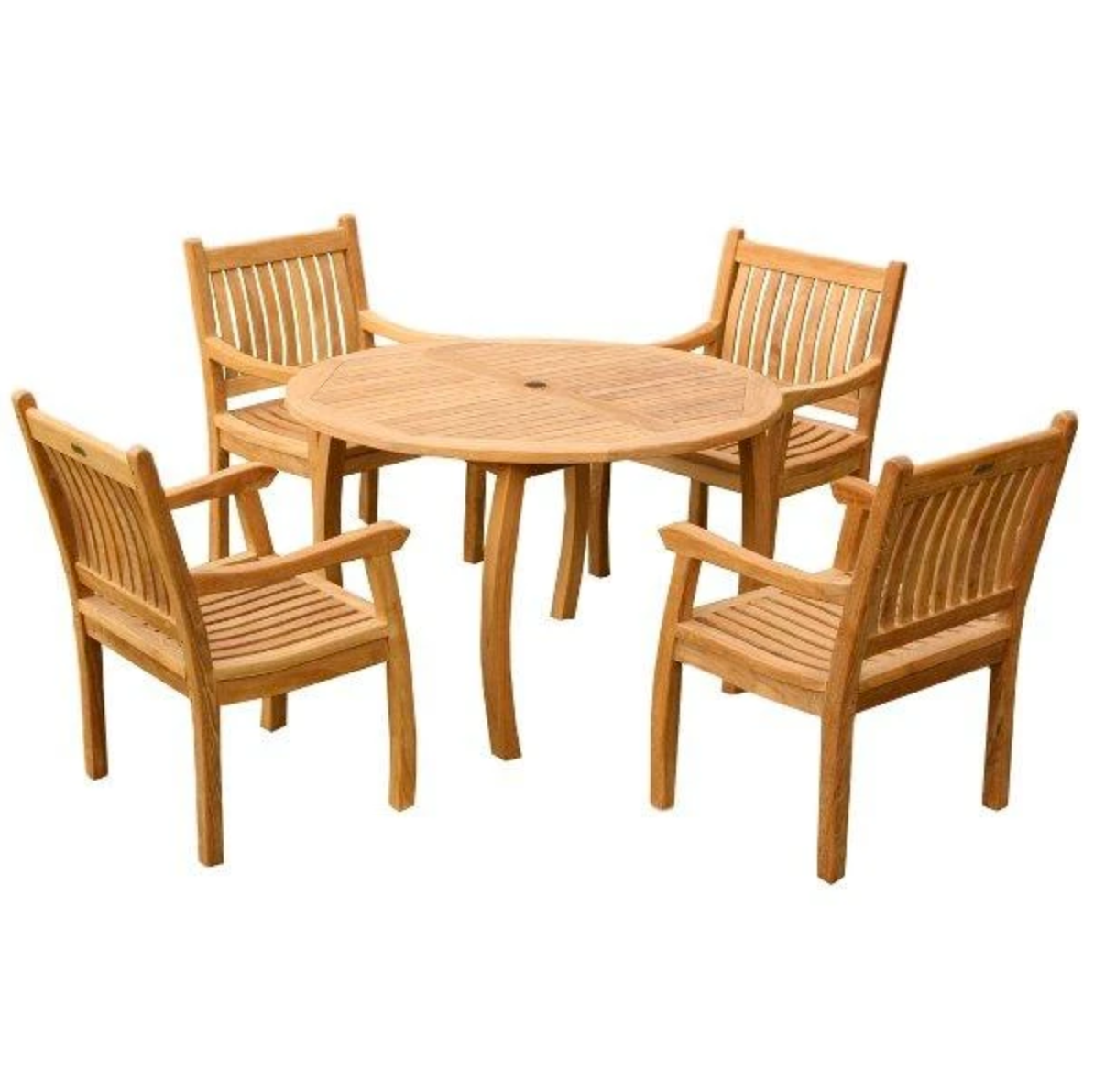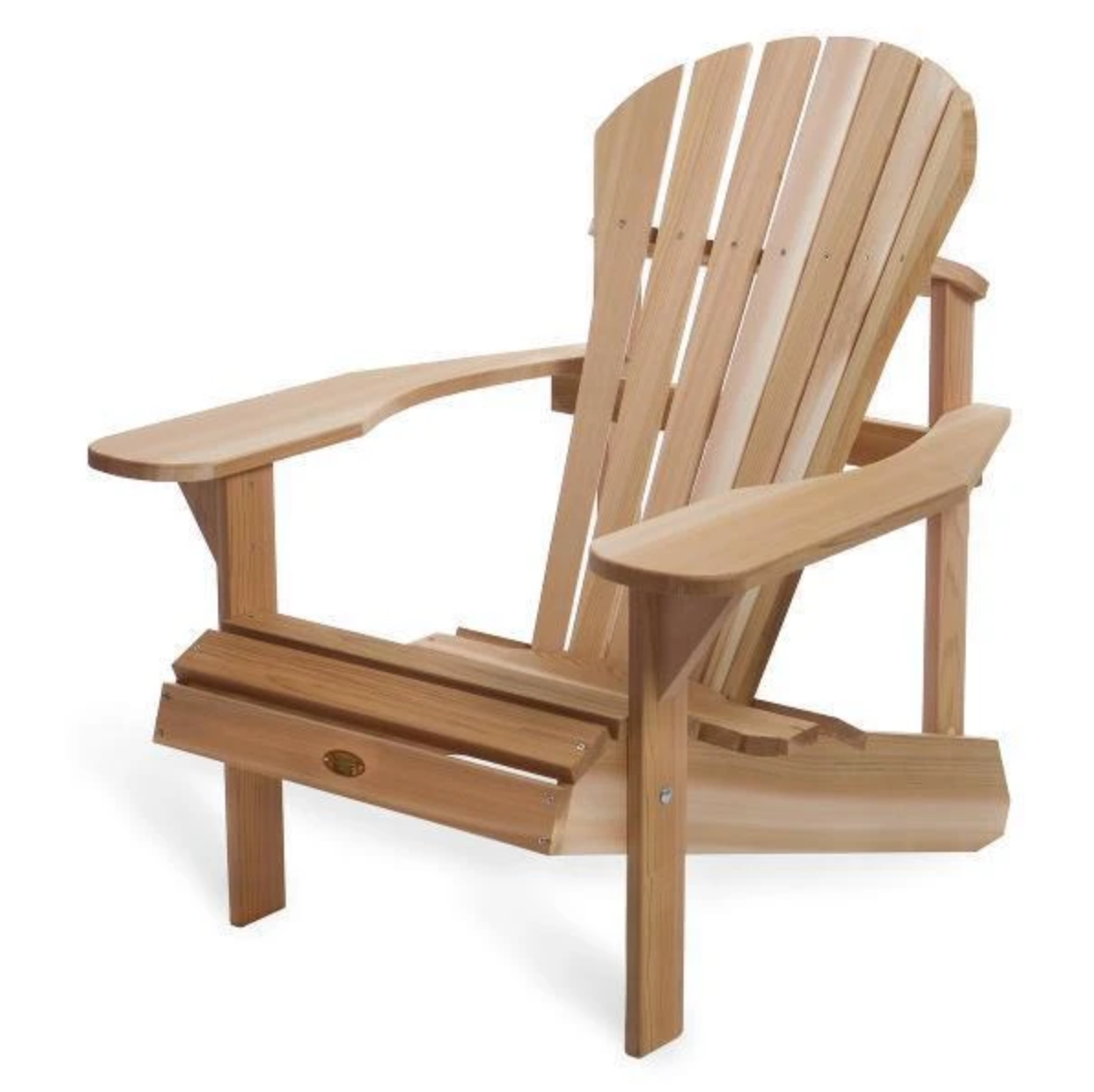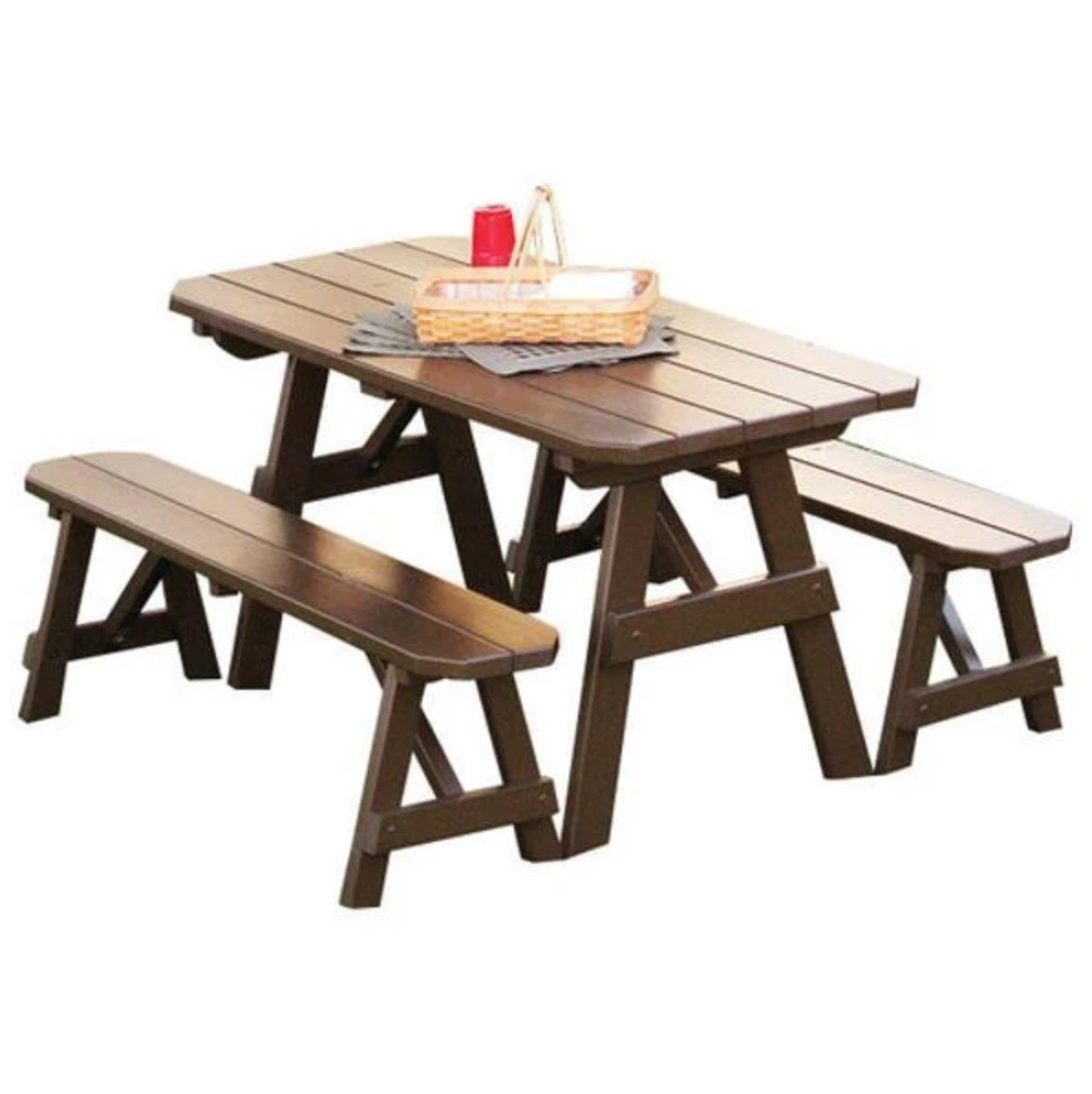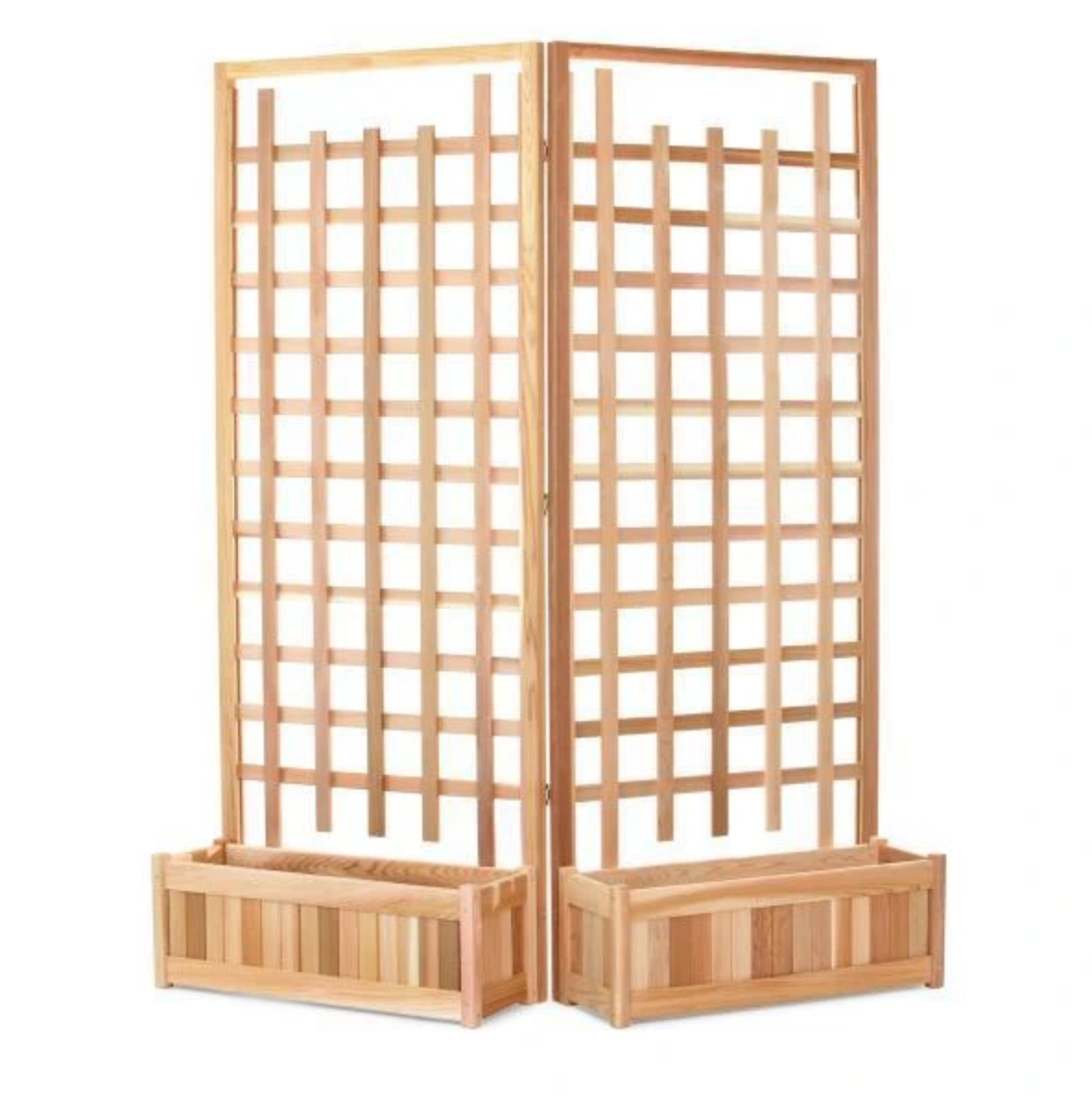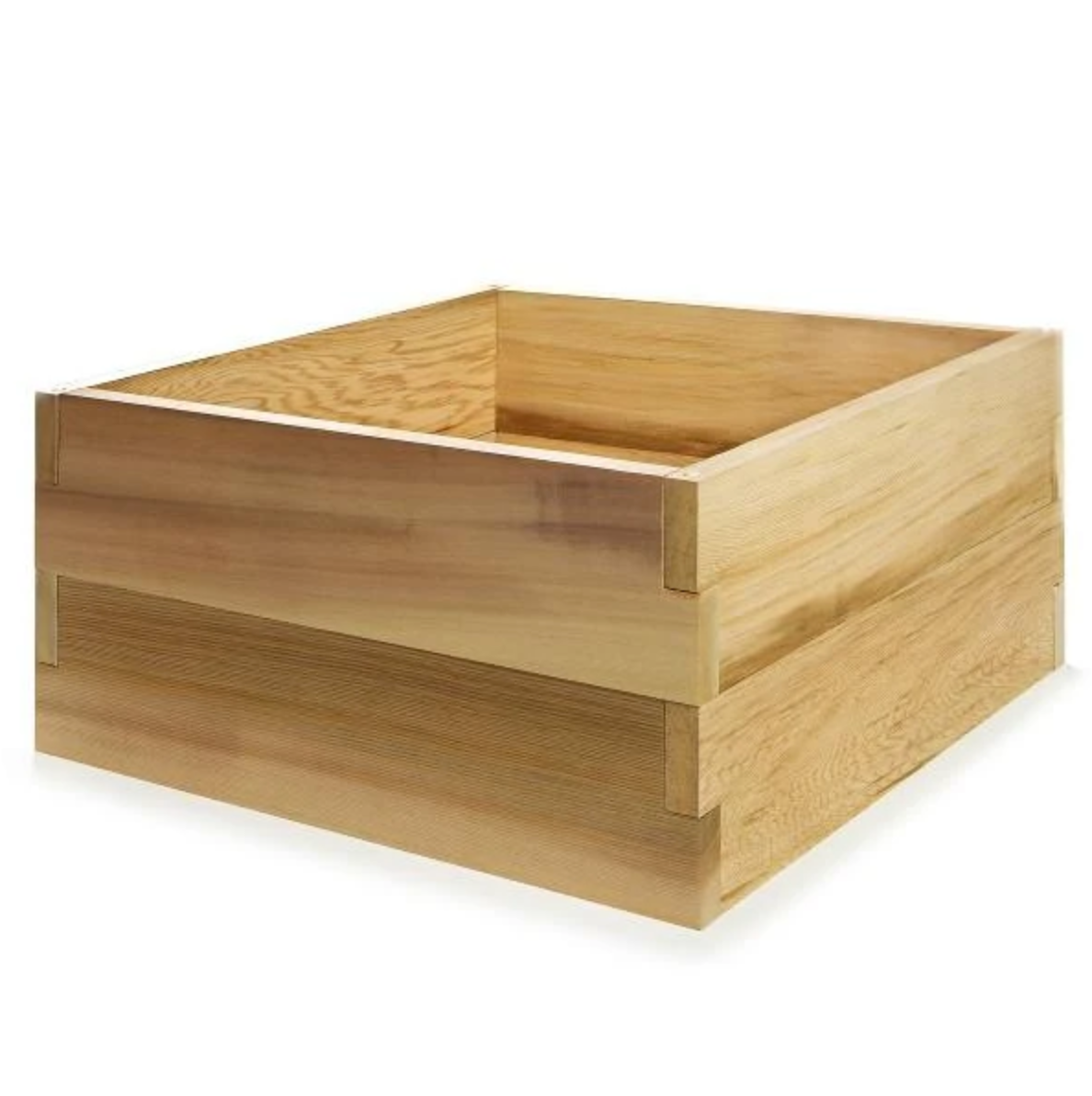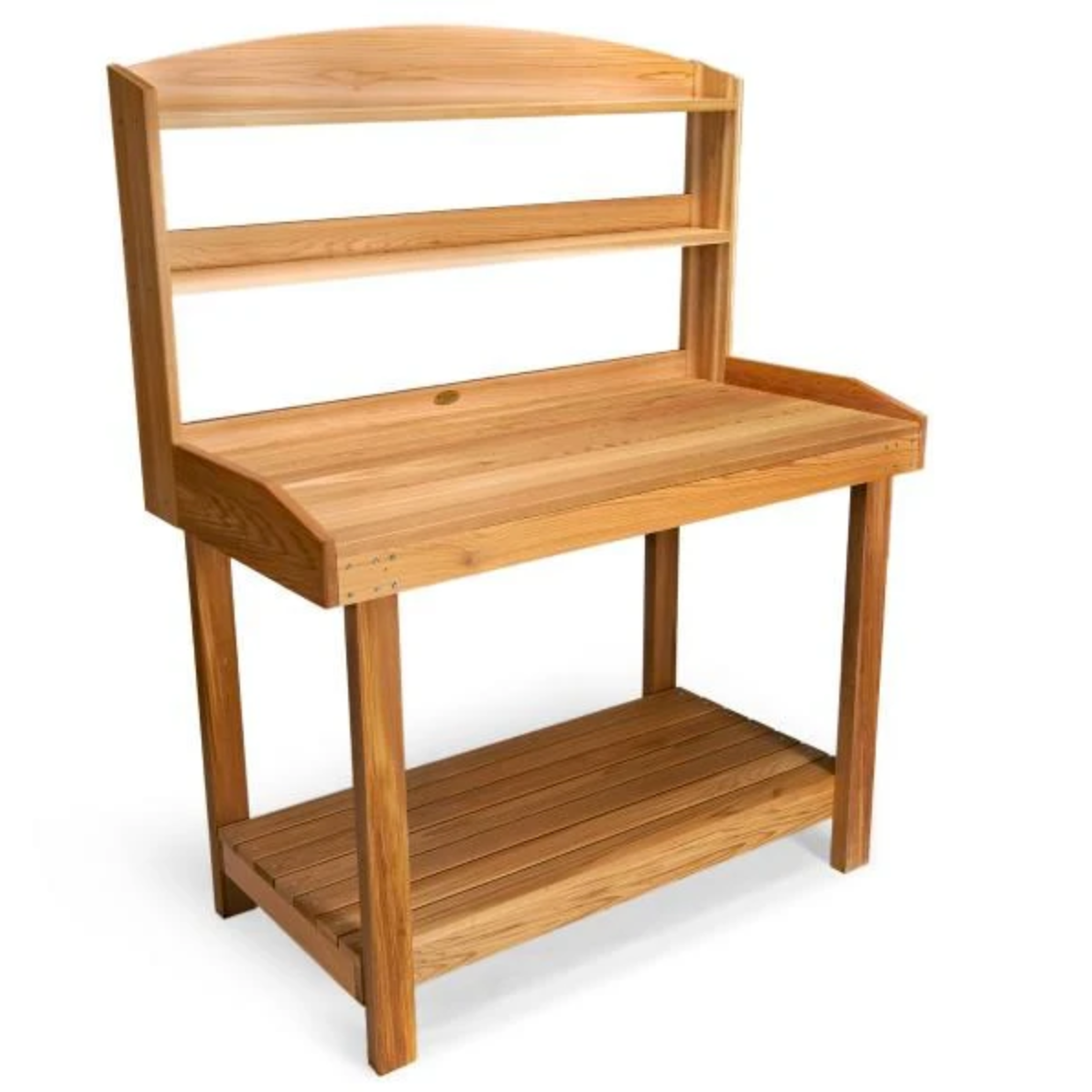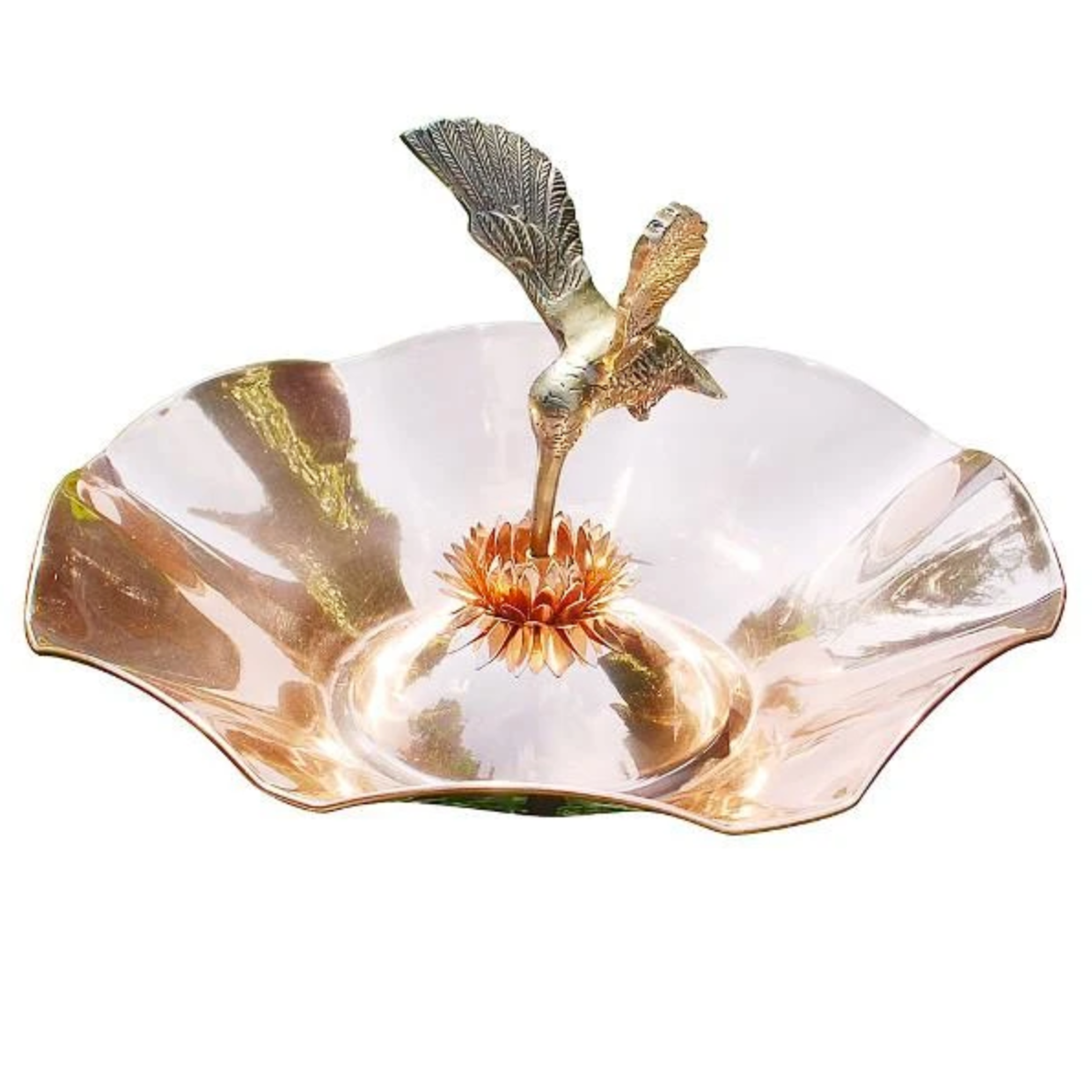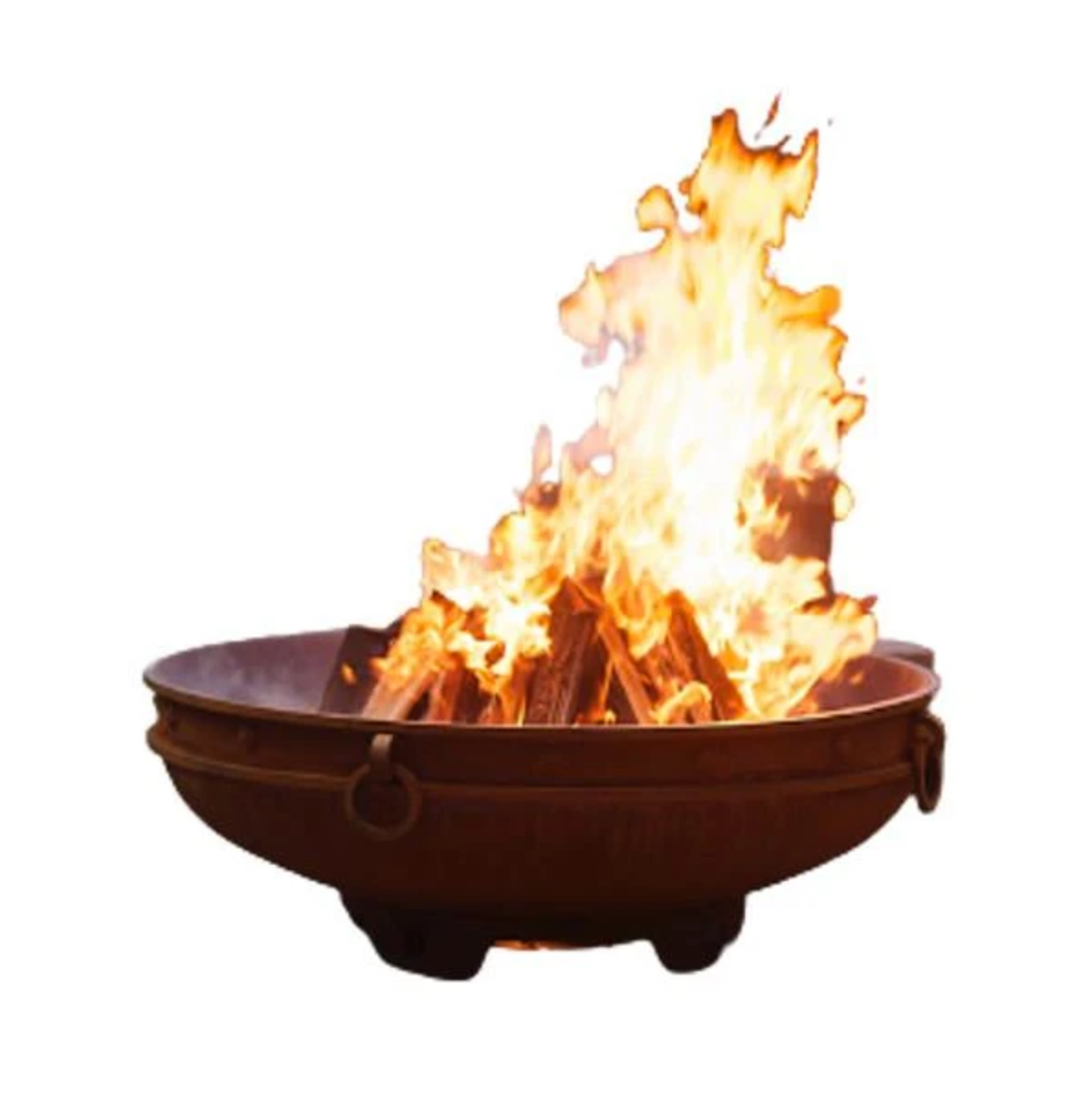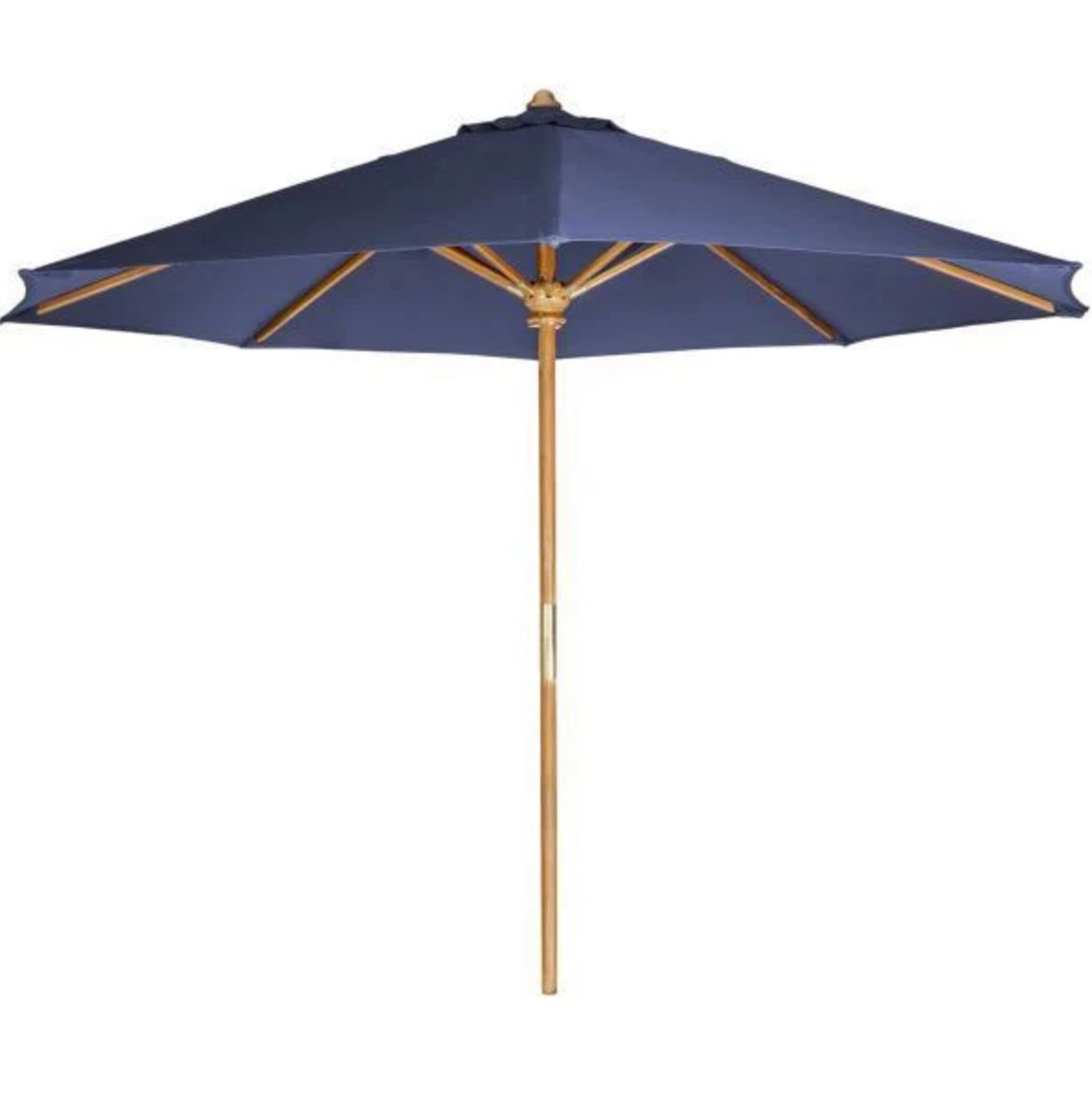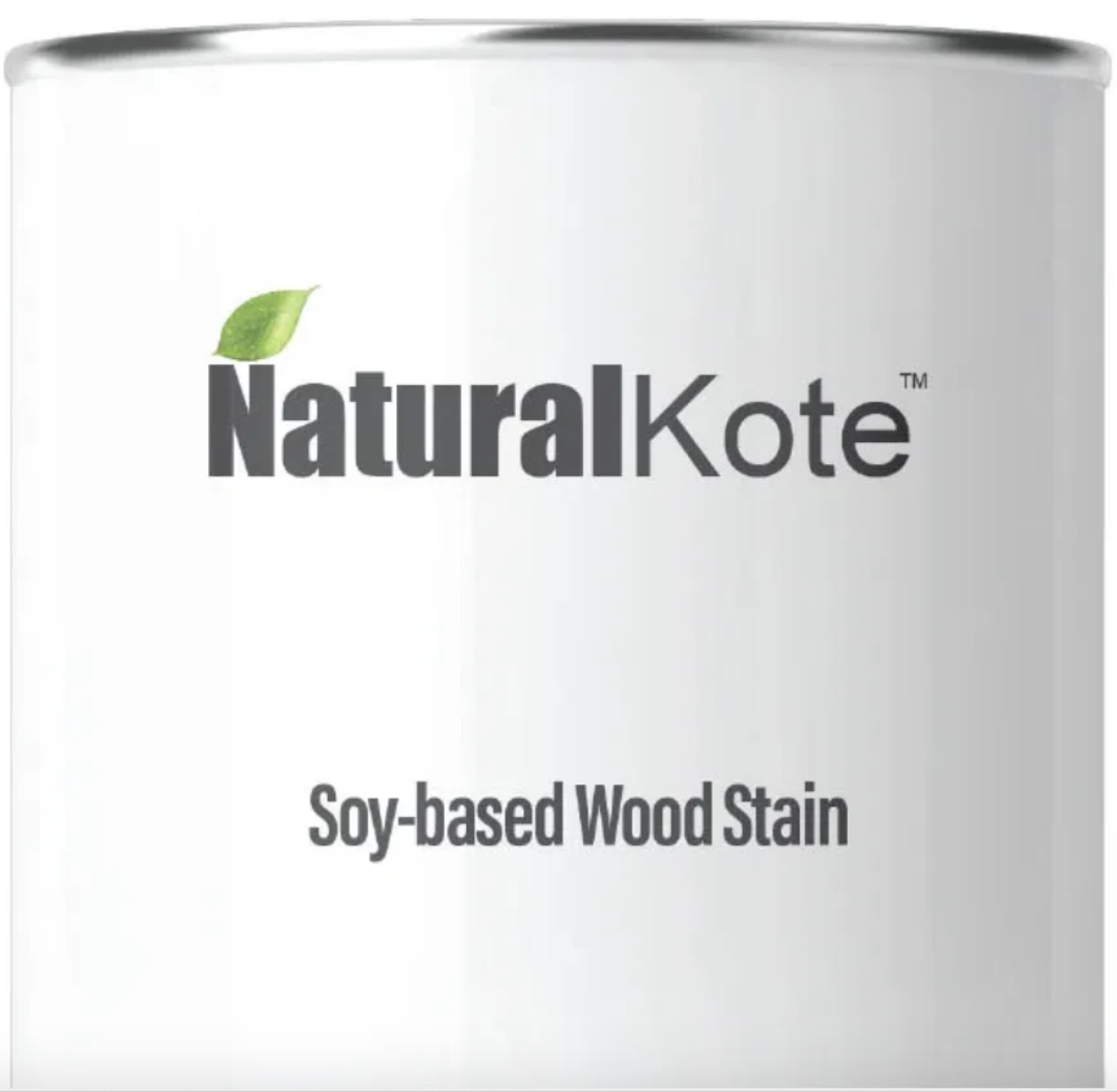Your Cart is Empty
FREE SHIPPING ON EVERY ORDER
Menu

FREE SHIPPING ON EVERY ORDER
Swings
Benches
Tables & Chairs
Home & Garden
Inside Cleveland’s Timeless Victorian Houses and Their Stunning Details
Tucked between the industrial legacy of the Rust Belt and Lake Erie’s calming blue expanse, Cleveland is home to a captivating array of Victorian-era houses that continue to charm architecture enthusiasts and homeowners alike.
Photo by DJ Johnson on Unsplash
These residences, built mostly between 1860 and 1910, are testaments to craftsmanship, artistry, and the dreams of a growing city during America’s Gilded Age. From intricate gingerbread trim to sweeping staircases and stained glass transoms, Cleveland’s Victorian homes reveal stories not just of opulence, but also of history, resilience, and the evolving character of its neighborhoods.
Timeless Victorian Houses
Discovering The Cleveland Metro Area: The Perfect Canvas For Victorian Architecture
Cleveland’s rich architectural legacy is closely tied to the growth and diversity of its metropolitan region.
Spanning Cuyahoga County and extending into neighboring communities, the Cleveland Metro Area is more than just a geographic boundary—it’s a cultural and historical ecosystem where various architectural styles flourished, including a remarkable inventory of Victorian homes. Neighborhoods such as Ohio City, Tremont, and Detroit-Shoreway boast concentrations of Queen Anne, Second Empire, and Gothic Revival houses, many of which have been lovingly restored.
Ohio City, for example, offers brick-clad Victorians with turreted towers, nestled among tree-lined streets and within walking distance of the historic West Side Market. Tremont, known for its artistic community, features homes with elaborate gables and detailed cornices. Even the eastern suburbs, like Shaker Heights and Cleveland Heights, show Victorian influence, blended with early 20th-century revivalist trends.
What makes the Cleveland area especially ideal for Victorian preservation is its layered development history. The city experienced a construction boom during the late 19th century, fueled by industry and immigration. Affluent families built ornate mansions on Euclid Avenue, dubbed “Millionaires’ Row,” while modest but beautiful homes sprang up in working-class districts. Today, this diversity provides a wide range of Victorian styles in varying scales and price points.
Hallmarks Of Queen Anne Elegance: Turrets, Textures, And Trim
Among Cleveland’s Victorian varieties, the Queen Anne style is arguably the most iconic—and the most visually elaborate.
Queen Anne homes stand out through their asymmetrical façades, ornamental spindles, and sweeping wraparound porches. In Cleveland, examples of this style often include a riot of textures: patterned shingles above, clapboard siding below, and rounded towers or turrets punctuating the rooflines. Windows vary in shape and size, often featuring curved or multi-paned glass.
Cleveland's Queen Anne homes also showcase a color palette that ranges from historical earth tones to more contemporary pastels, depending on the restoration approach. Common details include fish-scale siding, sunburst gables, and turned wood porch posts. Inside, expect parquet floors, carved banisters, and multiple fireplaces with tiled hearths.
Neighborhoods such as Franklin Boulevard and parts of Edgewater offer stunning Queen Anne homes that have been meticulously maintained or tastefully updated for modern living without sacrificing period authenticity. Their enduring popularity is due to their dramatic curb appeal, spatial complexity, and sheer craftsmanship—qualities rare in newer construction.
Gothic Revival: Where Cleveland’s Homes Resemble Cathedrals
Another standout in Cleveland’s Victorian portfolio is the Gothic Revival home—a style that channels European ecclesiastical architecture into domestic living.
These homes are defined by steeply pitched roofs, pointed arch windows, and ornate bargeboards or vergeboards along the gables. In Cleveland, they often incorporate brick or stone construction with tall, narrow windows and decorative finials.
The Gothic Revival trend flourished in the mid-to-late 1800s and found a particularly stronghold in areas like Brooklyn Centre and the East Boulevard Historic District. Homeowners at the time aimed to convey refinement, spirituality, and moral seriousness—values that aligned well with Cleveland’s then-booming industrial class seeking both upward mobility and visual distinction.
Today, these homes feel both haunting and regal. Their grand silhouettes, high ceilings, and carved wood interiors make them prized by preservationists and those looking for a truly unique residence. Some homes feature original gas lamps, Gothic archways between rooms, and wall paneling carved with floral motifs or religious symbols, reflecting the deeply personal narratives embedded in their construction.
Photo by Raymond Kotewicz on Unsplash
Eastlake And Stick Styles: Understated Sophistication With Handcrafted Flair
Often overlooked in favor of Queen Anne flashiness, Eastlake and Stick-style Victorians still pepper Cleveland’s landscape with graceful restraint.
These homes focus more on linear detail than excess. Stick-style homes emphasize structural expression—think horizontal and vertical boards applied over siding to mimic framing. Eastlake, inspired by English designer Charles Eastlake, blends this approach with intricate wooden ornamentation such as balusters, brackets, and latticework.
In Cleveland, these styles are often found in transitional neighborhoods or on side streets near more ornate houses. They tend to be narrower in profile and modest in scale but feature impeccable craftsmanship. Porch railings may be lathe-turned with interwoven spindles. Eaves are often boxed and trimmed with geometric or floral patterns.
The interiors tend to have tall baseboards, ceiling medallions, and symmetrical floor plans, ideal for those who appreciate historical architecture with a slightly more minimalist feel. They also offer a great canvas for renovation, with original woodwork often preserved under layers of old paint or wallpaper, waiting to be revealed and restored.
Painted Ladies Of Cleveland: Color As Architectural Storytelling
Though often associated with San Francisco, “Painted Ladies” are alive and well in Cleveland—and their color schemes are more than just decorative.
These homes, typically Queen Anne or Italianate in design, use multiple contrasting paint colors to highlight architectural features. Eaves, corbels, brackets, gable patterns, and window trim are all emphasized with complementary or vibrant hues. In Cleveland, common palettes blend historic tones—sage green, oxblood red, mustard yellow—with more daring contemporary accents like cobalt blue or coral.
These paint jobs are not random—they’re strategic. Each layer of color is chosen to outline, emphasize, or separate architectural elements, effectively turning the home into a three-dimensional mural. Franklin Boulevard and parts of the Detroit-Shoreway district are known for these striking color compositions, often restored through public-private partnerships or by devoted individual owners.
Color reveals character. In a city that has weathered economic booms and busts, the Painted Ladies of Cleveland embody resilience, pride, and an artistic eye for history.
Photo by DJ Johnson on Unsplash
Wrapping Up
Cleveland’s Victorian homes are more than aging beauties—they’re layered expressions of a city that thrived on innovation, culture, and design. With the Cleveland Metro Area offering a diverse and supportive backdrop for preservation, these houses continue to captivate a new generation of homeowners who value both elegance and authenticity.
If through flamboyant Queen Anne facades, solemn Gothic silhouettes, or painted trims that celebrate every cornice and curve, Cleveland’s Victorian architecture isn’t just surviving—it’s thriving.
Also in News
US
United States
Dec 18, 2025 12:09
Product Tag :
Product Collection :
×
